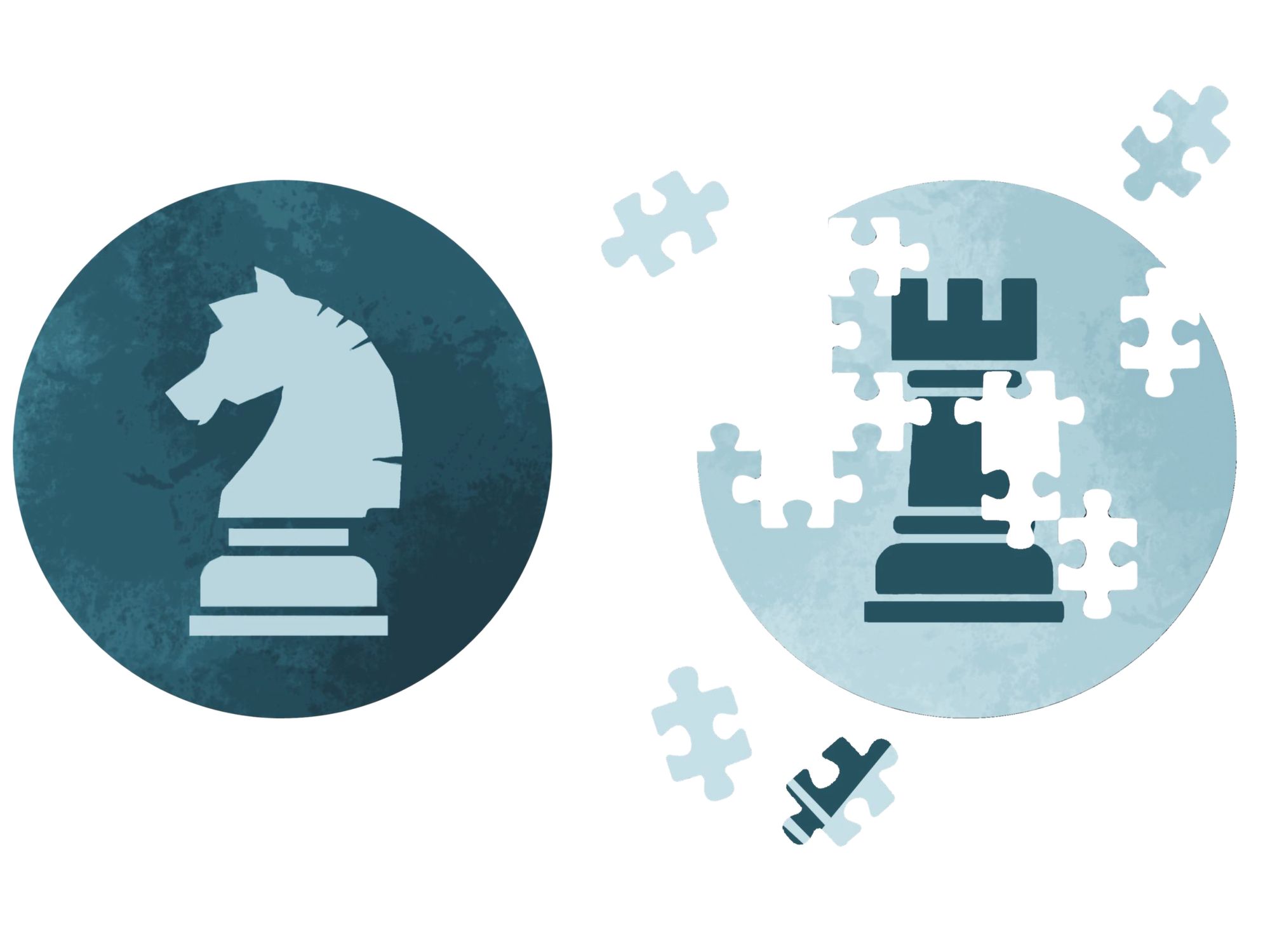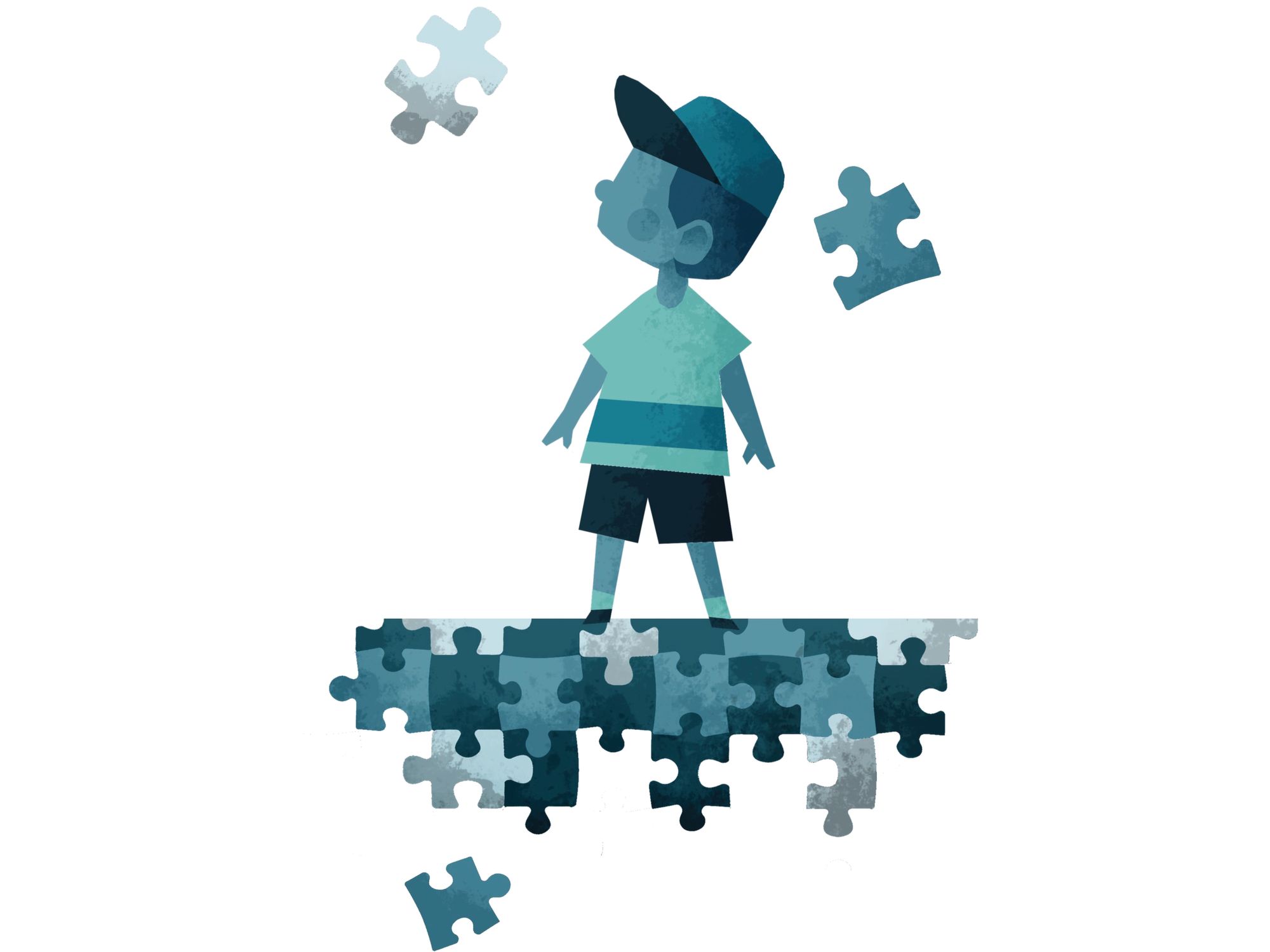Autism Spectrum Disorder: A New Name
A concise definition is a powerful tool in medicine and medical science. As we learn more about the biomedical world, our ability to better organize and establish strict boundaries between the myriad diseases and disorders that befall humans helps physicians maintain a firm grasp on modern medicine. Due to the complexity of the brain, however, behavioral “disorders” and “diseases” often contain wide grey areas of understanding; these grey areas sometimes being so broad that they can even call into question whether certain behaviors should be defined as “abnormal” in the first place. Autism Spectrum Disorder (ASD) lies squarely in this category, providing a term that describes several complex developmental disorders that vary widely in symptoms, behavioral patterns, and severity between individuals [1][2]. While public awareness and understanding of ASD have grown at a very positive rate over the past few decades due to the efforts of advocacy groups, the biological mechanisms behind behaviors associated with autism are still poorly understood. Current research aims to elucidate correlations in brain activity within the greater autistic population with the goal of contributing to the general understanding and awareness of autistic behaviors within individuals.
History of Misunderstanding
In the 20th century, Autism Spectrum Disorder (ASD) was not thought of as a neurological condition; rather, it was assumed to be the result of an unhealthy childhood [3]. At the time, autism was thought to appear only in intellectual, white, middle-class families because neurologists and psychologists believed the cause was a lack of parental caring. This theory came about as more women and mothers were joining the workforce—experts at the time presumed that children who later developed ASD symptoms lacked maternal care, and lived their childhood isolated from the outside world. This eventually led to the introduction of the “refrigerator mother” theory, which blamed the mother’s “coldness” for their child’s autistic behaviors [3].
The “refrigerator mother” theory persisted until Bernard Rimland, an experimental psychologist and father of a child with ASD, founded the Autism Research Institute, which focuses on treating autism as a biological condition. His goal was to use science to help improve the quality of life of people with autism. Rimland suggested that autism researchers should focus on the biological aspects of autism instead of following theories about “refrigerator mothers” [4]. This new direction gained wide support across the country from families with children affected by autism. In addition, the guidance Rimland gave in his book, Infantile Autism: The Syndrome and Its Implication for a Neural Theory of Behavior, was later exercised in many neurobiology labs, which provided evidence to support the claim that autism was caused by biological conditions [4]. Rimland revolutionized the study of autism, moving it toward biological analysis and instigating research into the brain itself.
Early Research: Anatomical Studies
Researchers have studied the structure and placement of neurons in different brain regions (neuroanatomy) of people with ASD, revealing a loss of neurons in the frontal cortex, parietal cortex, and cerebellum [5]. In the brain of a person with autism, the cerebellum shows a reduction in granular and Purkinje cells. Purkinje cells supply nerves to the granular cells to form a neuronal network that is important for motor learning, complex movement, and other physical movements required in social contexts. The reduction in the number of granular and Purkinje cells might explain why people with ASD have difficulties with complex behavior and physical interaction in work or social environments. Purkinje cells from the cerebellum play a major role in regulating and coordinating motor movement by releasing gamma-Aminobutyric acid (GABA) to certain neurons.
GABA, as an inhibitory neurotransmitter, causes a decrease in transmission of nerve impulses in the cerebellum. The reduced amount of Purkinje cells found in the brains of people with ASD made researchers suspect the GABA neurotransmitter might play a significant role in the development of ASD.
Following the results of the neuroanatomy studies, researchers from the University of Minnesota used postmortem human brains to study autism on a much smaller scale in the cerebellum, parietal cortex, and frontal cortex [6]. They performed identical studies on a control group of brains and a group of brains from people with ASD. The researchers found that three regions of the brain displayed differences in the concentration of GABA receptors. Additionally, the concentration of a subtype of GABA receptors, GABAA, in these three regions was substantially lower in brains of people with ASD than that of the control brains. The absence of large amounts of GABAA receptors might be due to lack of the Purkinje cells, which, as previously stated, are responsible for inhibitory projections in the cerebellum. This decrease in inhibitory connections has the potential to cause difficulties with movement and coherent social interactions. In addition, many other signal pathways throughout the brain cannot correctly function without normal inhibition; the neural network cannot transmit the correct signal, which will lead to abnormal expression physiologically and behaviorally. The low concentration of GABAA receptors suggests that ASD might be the result of a deficiency of inhibition signal pathways within the brain, causing an overflow of signals. Although the specifics are still unknown, this finding of low GABAA is promising for researchers who aim to find the primary causes of autism [6].
Later Research: Behavioral Studies
There is substantial evidence from animal models and the research mentioned above supporting the theory that GABA signaling pathways play a role in behavior for people with autism [6]. A 2015 study at Harvard University solidified the connection between the inhibition-signaling pathway and ASD. Researchers in the Robertson lab at Harvard studied the phenomenon of binocular rivalry, which is when two different images are shown simultaneously to each eye but the subject can only perceive one image at a time. Dr. Caroline Robertson and her colleagues hypothesized that neurons from the visual cortex receive signals from different eyes and try to suppress each other by sending inhibitory signals to counter the excitatory signals of the other eye. This interaction results in brain regions attempting to promote their own signals while inhibiting the signals of other sites [6].
By using magnetic resonance spectroscopy (MRS), an analytical technique used to observe the brain metabolites and measure the concentration of neurotransmitters in the visual cortex, Robertson et al. were able to observe and measure the concentration of neurotransmitters GABA and an excitatory transmitter, glutamate (GLUT) [7]. The researchers found there was no significant difference between the concentrations of either neurotransmitter between the brains of people with and without ASD. However, the researchers observed in the binocular rivalry test that the GABA in the brains of people without ASD had longer periods of suppression than observed in the brains of people with ASD. For the people without ASD, the visual system will switch between two different images in about three seconds, which shows how different sites of the visual system can efficiently overpower and suppress each other [6]. People with ASD have exhibited difficulty switching from one image to another, taking more than twice the time to complete this task. Combining the results from the visual rivalry test and the GLUT and GABA concentration measurement reveals a difference in the signal transduction of the visual system. However, because the researchers observed that participants with ASD had similar amounts of neurotransmitters to the control group, they concluded that it is not the number of neurotransmitters that results in behavior connected to autism, but rather the inhibition-signaling pathway [6].

There are many types of GABA receptors, and we are far from fully understanding the complexities behind how receptor activity translates to behavior differences between individuals. However, Robertson’s research is taking us one step closer to understanding the biological basis of ASD, an understanding necessary to aid society in learning appreciation and acceptance for people with diversities in neurological development. Studies continue to give credence to theories like those of the neurodiversity movement, which classify autistic behaviors as the product of normal, complex variations in brain structure and neurodevelopment across human populations, rather than as a “disorder” that can be concretely classified [7]. It is clear that the biological basis of ASD cannot be simplified to one mechanism. The diverse interactions between the regions, receptors, and neurotransmitters in differing autistic brains truly exhibits how autistic behaviors are manifested through a spectrum.
References
- Black, D. W., & Grant, J. E. (2014). DSM-5 TM guidebook the essential companion to the Diagnostic and statistical manual of mental disorders, fifth edition. Washington, DC: American Psychiatric Publishing.
- NIMH » Autism Spectrum Disorder. (n.d.). Retrieved December 29, 2016, from https://www.nimh.nih.gov/ health/publications/autism-spectrum-disorder/index. shtml
- Kanner, L. (1949). Problems of nosology and psychodynam- ics in early childhood autism. Am J Orthopsychiatry, 19 (3): 416–26.
- Evans, B. (2013). How autism became autism: The radical transformation of a central concept of child development in Britain. History of the Human Sciences, 26(3), 3-31.
- Fatemi, S. H., Reutiman, T. J., Folsom, T. D., & Thuras, P. D. (2008). GABAA Receptor Downregulation in Brains of Subjects with Autism. J Autism Dev Disord Journal of Autism and Developmental Disorders, 39(2), 223-230.
- Freyberg, J., Robertson, C., & Baron-Cohen, S. (2015). Reduced perceptual exclusivity during object and grating rivalry in autism. Journal of Vision, pp. 11
- Jaarsma, P., & Welin, S. (2012). Autism as a Natural Human Variation: Reflections on the Claims of the Neurodiversity Movement. Health Care Analysis, 20(1), 20–30. https://doi. org/10.1007/s10728-011-0169-9
